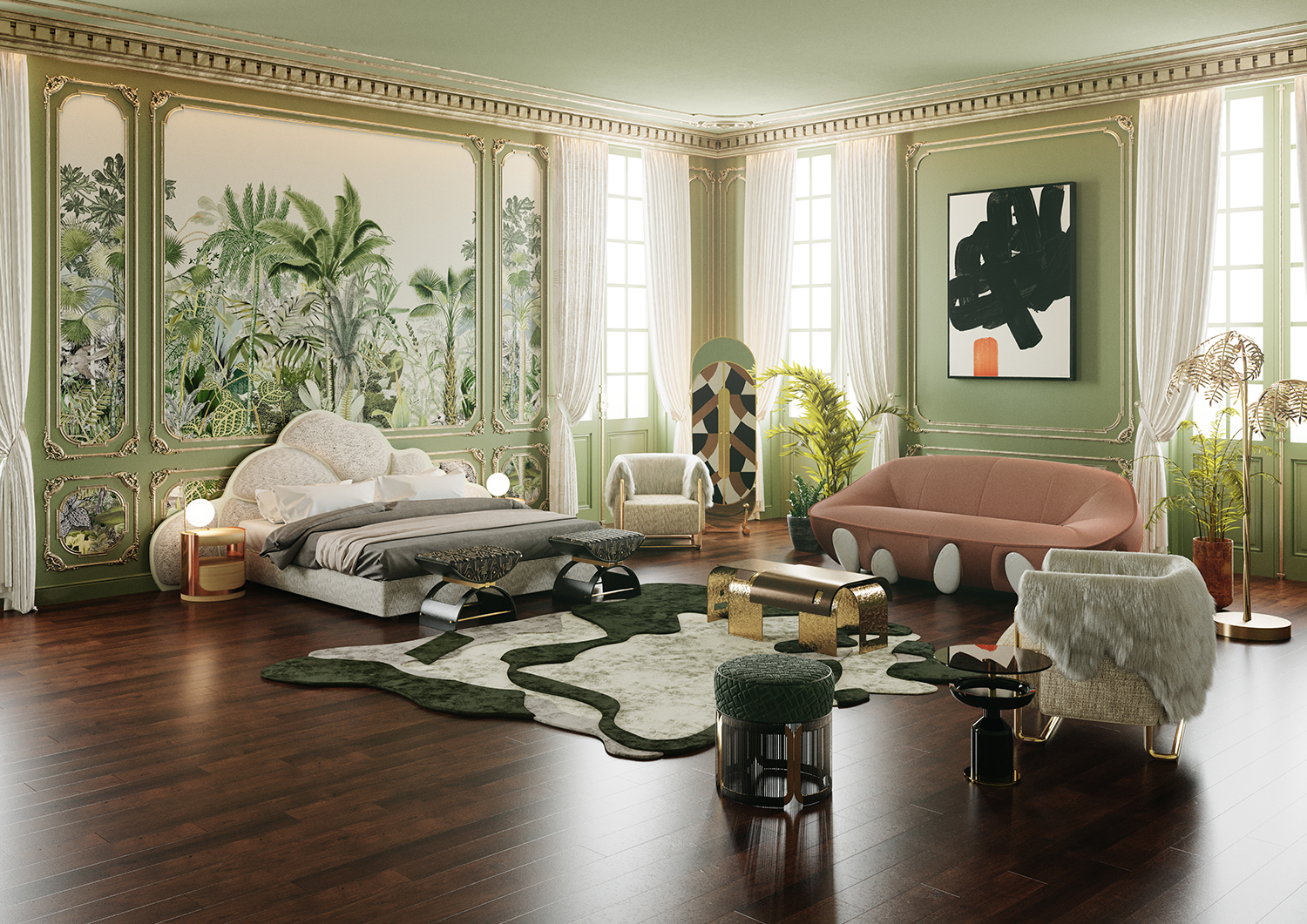A top-rated Architecture Firm crafts innovative and functional designs.
A top-rated Architecture Firm crafts innovative and functional designs.
Blog Article
Change Your Home With Important Concepts of Interior Decoration and Appearances
By comprehending the effect of color theory and the significance of texture and patterns, one can create rooms that are not only visually appealing but likewise deeply personal. Accomplishing this balance involves even more than simple decoration; it includes a critical arrangement and a keen understanding of just how each component interacts within a space.
Understanding Color Theory
Recognizing the concepts of color concept permits developers to create spaces that reverberate emotionally with passengers while fulfilling useful requirements. Each group plays a critical duty in establishing harmony within a space.
The emotional effect of colors is extensive; warm colors such as reds and oranges evoke energy and warmth, while trendy tones like blues and eco-friendlies advertise calmness and peace. The usage of corresponding colors improves aesthetic rate of interest, developing striking contrasts that can boost an area's appeal.
Neutral shades, on the other hand, function as a functional backdrop, allowing various other layout aspects to shine. It is important to think about variables such as illumination and the room's purpose when choosing a shade combination, as these can alter the assumption of colors throughout the day.
Eventually, a well-considered color pattern can change a space, promoting a feeling of convenience and design that aligns with the citizens' preferences. Mastery of shade concept is, as a result, an important skill for any kind of indoor developer aiming to create harmonious and welcoming atmospheres.
Accomplishing Equilibrium in Style
Exactly how can developers accomplish a feeling of balance in their rooms? Attaining balance in design is essential to producing unified insides.
Unbalanced balance, on the other hand, counts on differing elements that still achieve a cohesive appearance. This technique permits even more dynamic and informal plans, giving interest while preserving balance. By thoroughly selecting varying dimensions, shades, and appearances, designers can produce an aesthetically compelling space that feels well balanced yet energetic.
Radial balance highlights a main prime focus with elements emitting exterior. This design is frequently seen in round formats, where furnishings and decoration produce a natural surround that draws the eye inward.
Inevitably, accomplishing balance needs thoughtful factor to consider of range, proportion, and the relationships in between components. luxury interior design. By skillfully using these balance principles, designers can transform rooms right into atmospheres that really feel both aesthetically pleasing and functionally unified, improving the overall experience for passengers
Significance of Spatial Recognition

An eager sense of spatial recognition allows designers to recognize prime focus within a space, leading the audience's interest to vital features while preserving a total sense of unity. It also aids in the strategic placement of lighting, which can substantially influence the understanding of space and mood. Comprehending spatial partnerships enables the designer to provide to the certain requirements of citizens, making sure that each area serves its intended objective without endangering aesthetic appeals.
Eventually, spatial recognition is essential for making best use of the potential of any kind of indoor space. By meticulously taking into consideration the interaction in between dimensions, design, and feature, developers can develop settings that not just meet sensible needs yet also evoke a feeling of comfort and charm, enhancing the overall living experience.
Integrating Texture and Patterns
Embracing a varied variety of textures and patterns can significantly enhance the visual and tactile allure of an indoor area. The strategic use different products-- such as wood, steel, material, and stone-- develops depth and rate of interest, making a space feel extra inviting and dynamic. Incorporating smooth surfaces with harsh textures can read develop an equilibrium that attracts the eye and engages the senses.
When including patterns, think about both range and rep. Big patterns can work as focal points, while smaller, subtle styles can complement various other components without frustrating the area. Layering patterns, such as pairing floral pillows with candy striped tosses, adds intricacy and a sense of consistency if executed attentively.
It is likewise critical to maintain a cohesive shade scheme, making sure that structures and patterns interact instead than compete for focus. By selecting a few essential structures and patterns, you can develop a combined visual that reflects your individual style while enhancing the overall atmosphere of the area. Inevitably, the careful consolidation of these aspects can transform an ordinary area right into a sophisticated setting rich with character and warmth.
Individualizing Your Room
Producing an area that shows your individuality is vital to accomplishing a genuinely welcoming atmosphere. Personalization in interior decoration allows you to instill your unique style and rate of interests right into your home, changing it from a plain sanctuary into a refuge that speaks with who you are. Begin by choosing a shade combination that reverberates with your emotions-- strong hues can invigorate, while soft tones provide harmony.
Integrate artwork and design that show your passions, whether it be traveling, nature, or abstract concepts. Showing personal collections, such as publications, pictures, or souvenirs, can stimulate cherished memories and produce focal points within an area. In addition, consider tailoring useful items, like upholstered furniture, to align with your aesthetic preferences.

Verdict
To conclude, the change of a home with the essential principles of interior style and aesthetics requires a comprehensive understanding of shade concept, equilibrium, helpful site spatial awareness, appearance, and personalization. Each component contributes substantially to producing a harmonious and practical living environment - miami luxury interior design. By thoughtfully integrating these concepts, individuals can boost the visual allure and emotional resonance of their areas, inevitably cultivating a home that shows distinct identifications while offering comfort and functionality
Report this page